BAFTA RIPPED UP the red-carpet rule book last week with its very 2020 dress code, requesting guests ‘make sustainable choices on the red carpet’. In other words, if possible, rewear an old dress. At the time of going to press, we don’t know how BAFTA’s goal of a carbon neutral ceremony has worked out but, with the Oscars this Sunday, it has raised the question: can the red carpet ever really be sustainable?
While stars such as Cate Blanchett and Kirsten Dunst have reworn their Armani and Christian Lacroix gowns respectively, it is still a rarity and most of these ‘red-carpet moments’ will be just that – a moment.
So how much planning goes into a single red-carpet dress, and where do the gowns go once awards season is over?
‘Even before the nominations are in, designers and stylists have a sense of who is going to factor in awards season,’ says Bronwyn Cosgrave, author of Made For Each Other, Fashion And The Academy Awards. ‘From the Cannes Film Festival in May, discussions start about who will be on the awards carpets and what they will wear.’
This process has changed over the past decade. ‘It used to be kind of a scrum in Hollywood but, over the last 10 years, getting dressed has been thoroughly professionalised,’ says Bronwyn. ‘It starts with a conversation between an actor, their stylist, their publicist and their agent. It’s like the dress is a curtain, behind which there is a huge business operation.’
Part of this operation is multiple fittings. Different design houses fit in different ways but technology has made the process smoother (with fewer air miles), Skype and FaceTime facilitating fittings from one side of the world to the other before the final dress is flown over to the star. ‘When I dressed an Oscar nominee last year we had three fittings – two in person in Montreal and one when she arrived with the dress in LA for the awards via FaceTime,’ stylist Stacy Troke tells Grazia. ‘Even at the last minute, the dress still needed a little tweaking.’
Other designers prefer to do the final fit in person and decamp to an LA hotel for the awards season. Plus, if it’s a huge dress moment, the designer might want to be there. ‘Alessandro Michele was in LA for Brie Larson’s 2016 Oscars dress,’ Bronwyn explains. ‘It was a big moment – his first Oscars gown as head of Gucci.’
After these gowns have graced the red carpet, their wearers usually hand them back to the designers. ‘I have always given the dress back to the atelier,’ says Stacy Troke. ‘Rarely is the piece gifted. Designers may want to keep it for their archives.’
‘I saw Saoirse Ronan’s pink dress [from the 2018 Oscars] recently at the Calvin Klein archive,’ adds Bronwyn. ‘Also, the Academy is opening a museum, currently under construction, and they will begin to collect these great dresses because they are tied to a moment in history.’
If the dress has been gifted it may well end up at high-end LA-based store Decades. ‘We get lots of clothing from celebrities but many of them are sold anonymously,’ says Decades owner Cameron Silver. ‘For the past 23 years, we have been the reliable re-seller of those really special red-carpet moment gowns, so the fact that I’ve been around a long time helps with the anonymity.’
But how does anonymity work if the dress is already famous from the red carpet? ‘In the age of social media and Google image access, it’s not difficult to figure out the provenance of something,’ admits Cameron. ‘We have to be very careful, especially with our online site.
But it’s easier if the dress is in our actual store and it’s a private transaction.’
As Cameron points out, what he is doing is sustainable, albeit at the very highest level. ‘When I opened the store 23 years ago, sustainability wasn’t a factor. The one-of-a-kind rarity with a story was the attraction. Now, with the sensitivity to sustainability, it adds more gravitas to the garment. It’s chic to repeat.’
But what if the dress you’ve worn isn’t ‘worthy’ of being kept in a museum, but also doesn’t have a resale value for collectors or fans? ‘These looks will be sent back to the press agency they were borrowed from,’ says Stacy. ‘Depending on the designer, they will probably then get passed around for a few events,’ which, it could be argued, is pretty sustainable.
Alternatively, the dress could end up somewhere altogether more surprising. Last year, Lady Gaga’s custom Valentino Golden Globes gown, worn when she was nominated for A Star Is Born, had been left in her hotel room.
A member of staff handed it in to lost property and, when it wasn’t claimed within a year, it defaulted to her. She put it on eBay, where it reached a bid of £14,500 (a fraction of the estimated £115,000 cost) – before being pulled at the last minute. Not quite the happy ending most red- carpet gowns would hope for.
Last year's Oscars red carpet, in all its glory
Oscars 2019: Red Carpet
 1 of 42
1 of 42Amandla Stenberg at the 2019 Oscars
 2 of 42
2 of 42Ashley Graham at the 2019 Oscars
 3 of 42
3 of 42Emilia Clarke at the 2019 Oscars
 4 of 42
4 of 42Marie Kondo at the 2019 Oscars
 5 of 42
5 of 42Elsie Fischer at the 2019 Oscars
 6 of 42
6 of 42Constance Wu at the 2019 Oscars
 7 of 42
7 of 42Melissa McCarthy at the 2019 Oscars
 8 of 42
8 of 42Regina King at the 2019 Oscars
 9 of 42
9 of 42Linda Cardellini at the 2019 Oscars
 10 of 42
10 of 42Yalitza Aparicio and Marina de Tavira at the 2019 Oscars
 11 of 42
11 of 42Awkwafina at the 2019 Oscars
 12 of 42
12 of 42Mark Ronson at the 2019 Oscars
 13 of 42
13 of 42Michelle Yeoh at the 2019 Oscars
 14 of 42
14 of 42Octavia Spencer at the 2019 Oscars
 15 of 42
15 of 42Helen Mirren at the 2019 Oscars
 16 of 42
16 of 42David Oyelowo at the 2019 Oscars
 17 of 42
17 of 42Leslie Bibb at the 2019 Oscars
 18 of 42
18 of 42Gemma Chan at the 2019 Oscars
 19 of 42
19 of 42Kacey Musgraves at the 2019 Oscars
 20 of 42
20 of 42Jennifer Hudson at the 2019 Oscars
 21 of 42
21 of 42Glenn Close at the 2019 Oscars
 22 of 42
22 of 42Amy Poehler at the 2019 Oscars
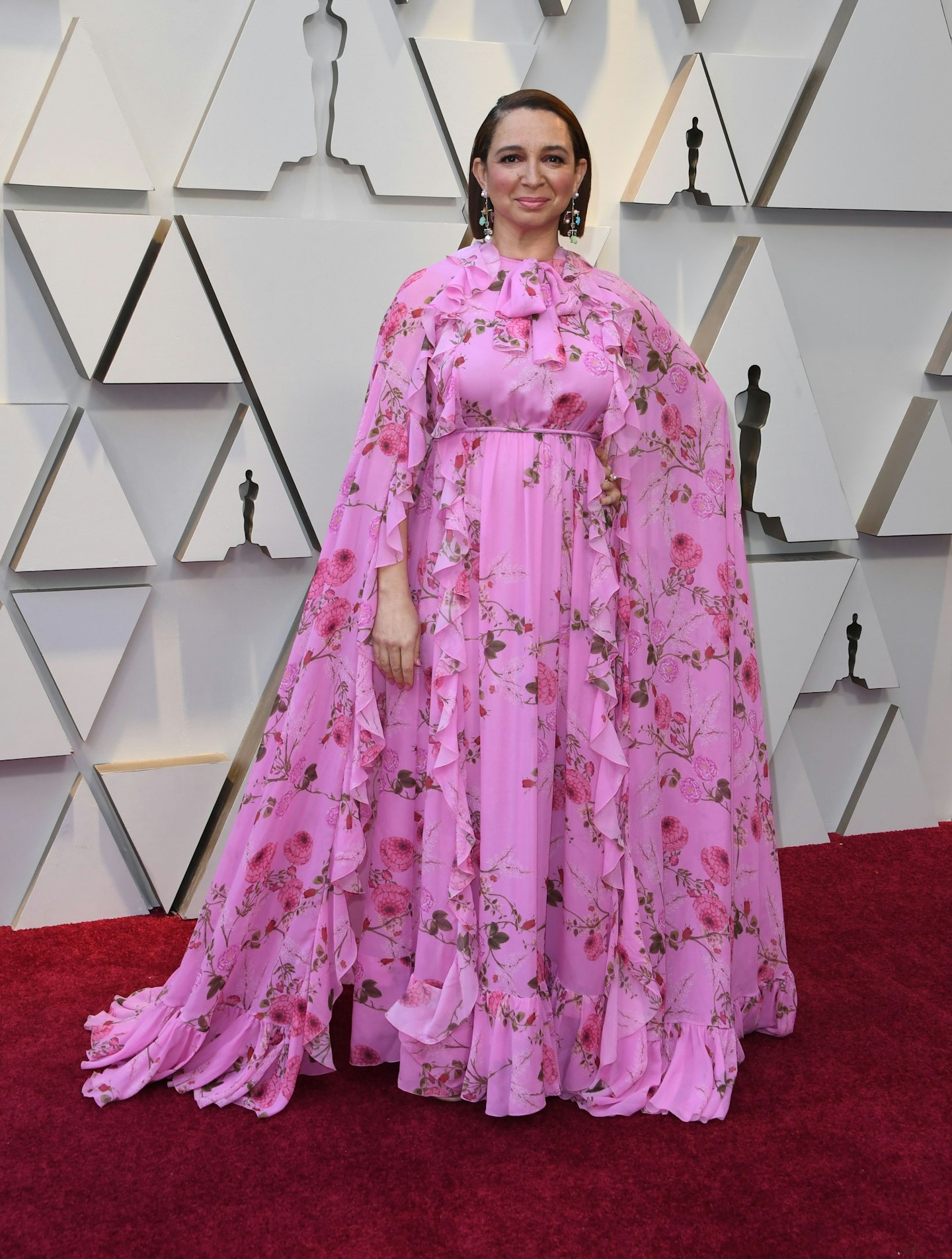 23 of 42
23 of 42Maya Rudolph at the 2019 Oscars
 24 of 42
24 of 42Tina Fey at the 2019 Oscars
 25 of 42
25 of 42Charlize Theron at the 2019 Oscars
 26 of 42
26 of 42Allison Janney at the 2019 Oscars
 27 of 42
27 of 42Brie Larson and Samuel L. Jackson at the 2019 Oscars
 28 of 42
28 of 42Amy Adams at the 2019 Oscars
 29 of 42
29 of 42Emma Stone at the 2019 Oscars
 30 of 42
30 of 42Laura Dern at the 2019 Oscars
 31 of 42
31 of 42Lisa Bonet at the 2019 Oscars
 32 of 42
32 of 42Chadwick Boseman at the 2019 Oscars
 33 of 42
33 of 42Rachel Weisz at the 2019 Oscars
 34 of 42
34 of 42Sarah Paulson at the 2019 Oscars
 35 of 42
35 of 42Jennifer Lopez at the 2019 Oscars
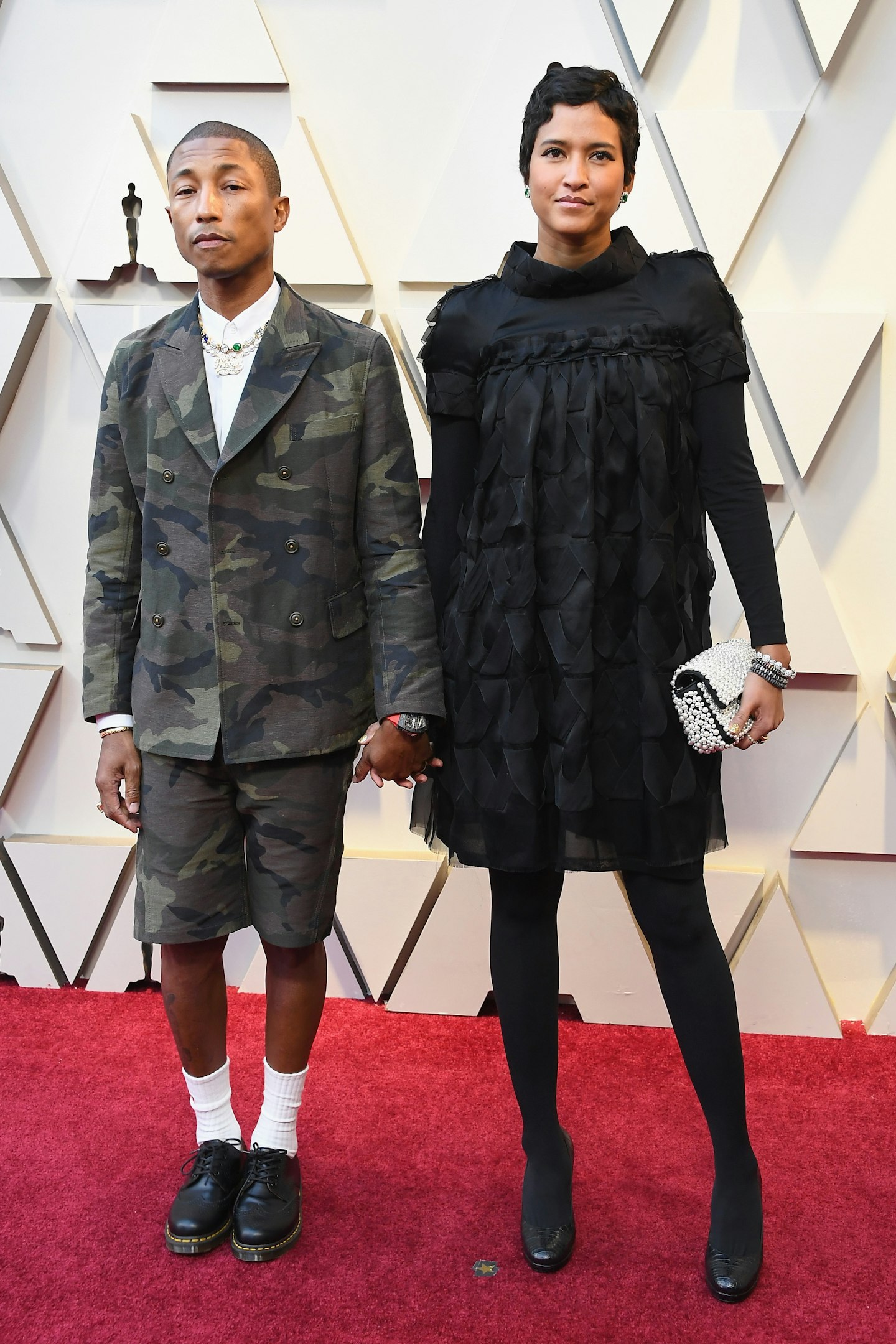 36 of 42
36 of 42Pharrell Williams and Helen Lasichanh at the 2019 Oscars
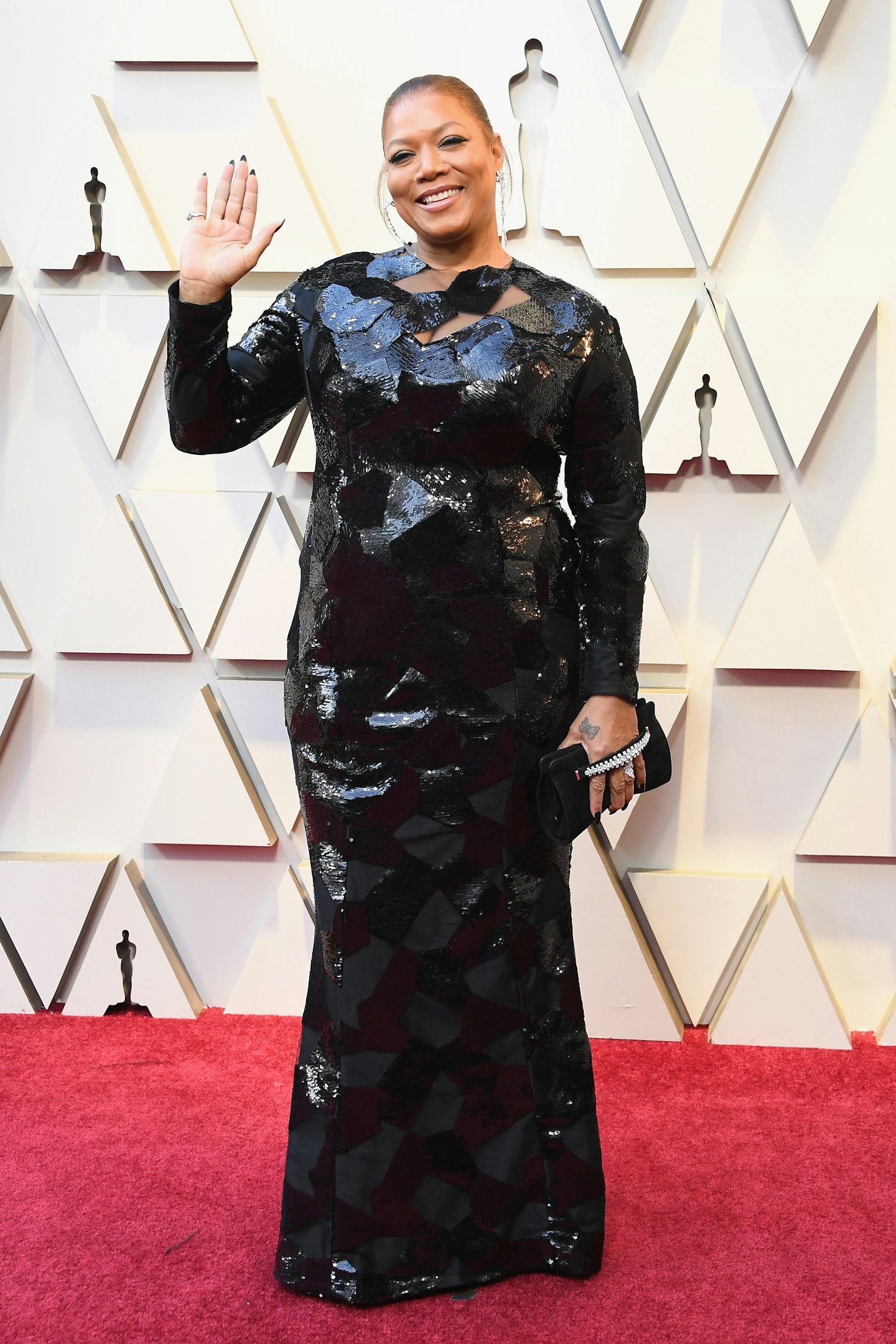 37 of 42
37 of 42Queen Latifah at the 2019 Oscars
 38 of 42
38 of 42Paul Rudd at the 2019 Oscars
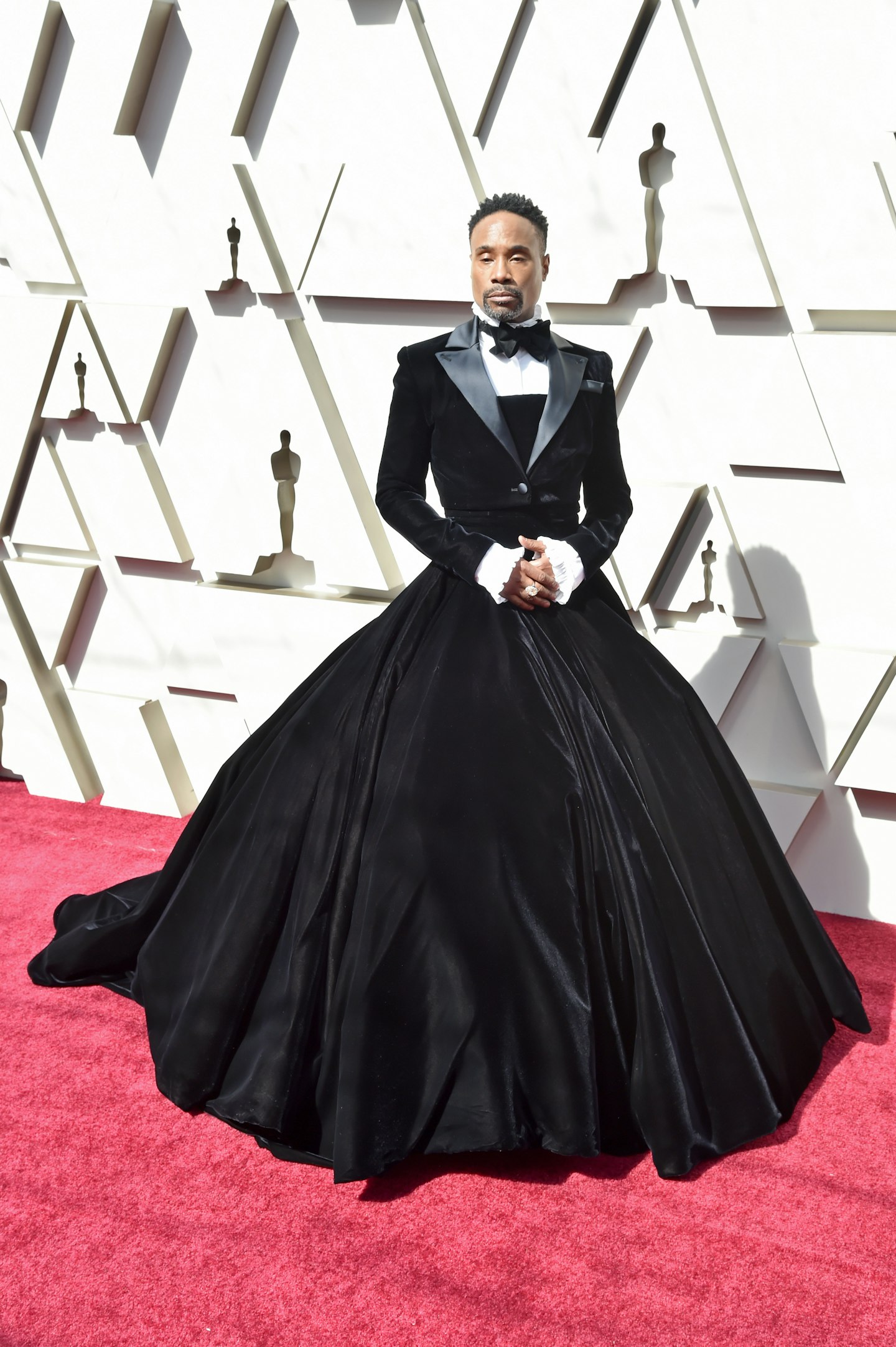 39 of 42
39 of 42Billy Porter at the 2019 Oscars
 40 of 42
40 of 42Chris Evans at the 2019 Oscars
 41 of 42
41 of 42Serena Williams at the 2019 Oscars
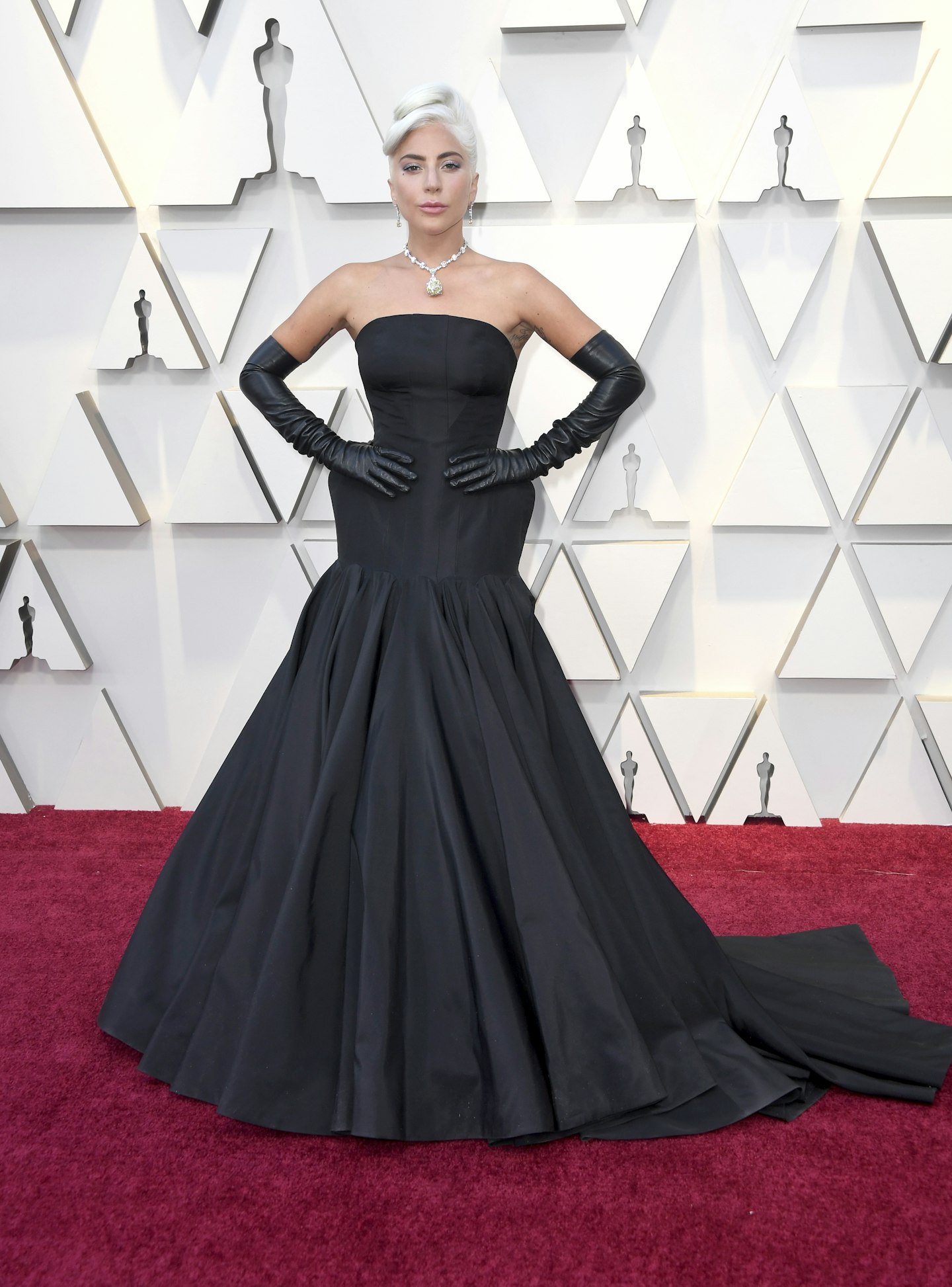 42 of 42
42 of 42